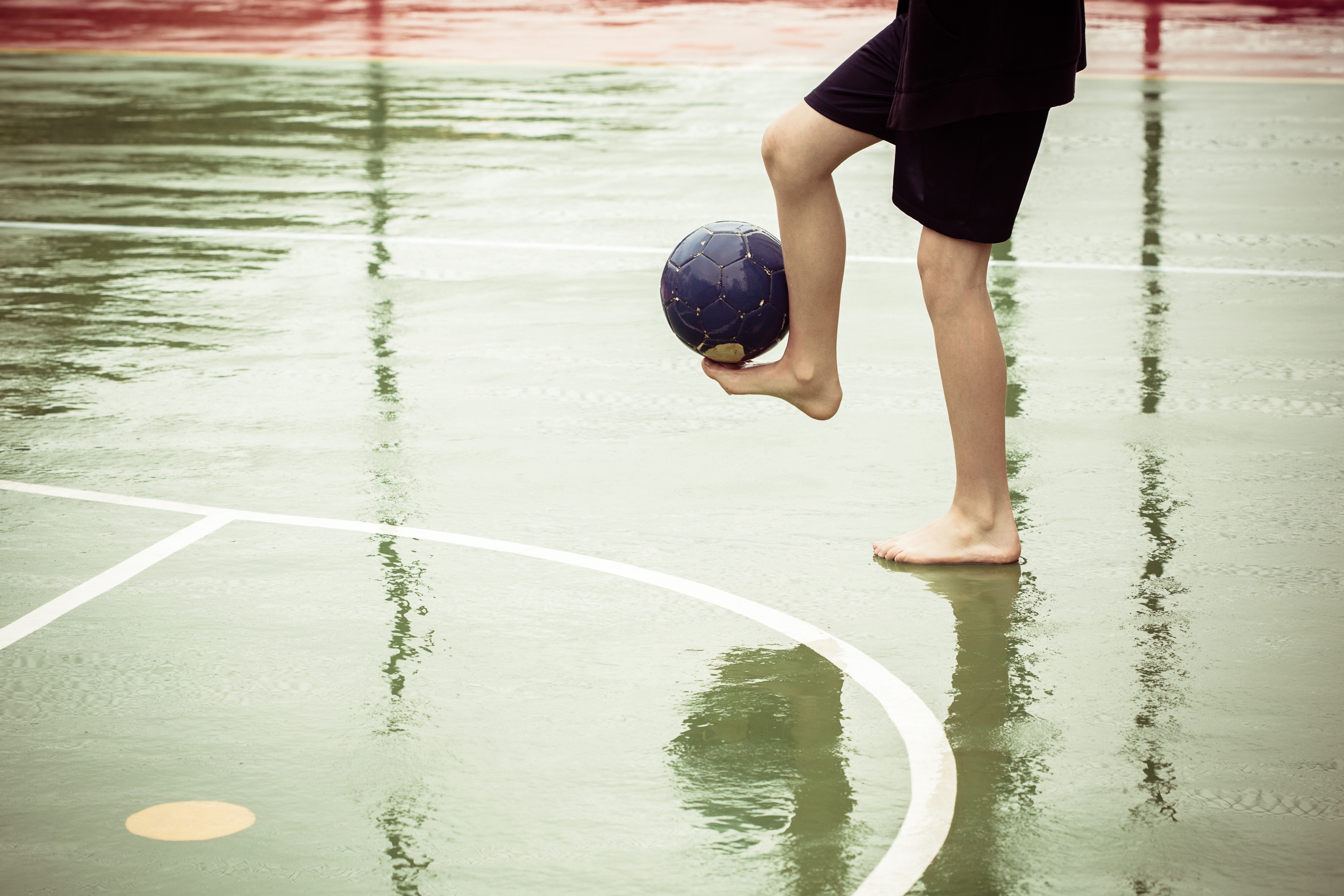
On January 1st of 2019, a teenage girl at a detention center in Oklahoma went in to the facility’s bathroom; 25 minutes later, she was found hanging from a vent in the ceiling with a makeshift noose around her neck. The girl was on suicide watch, requiring staffers to check on her every five minutes, and yet the facility’s records show that 25 minutes passed before another resident entered the bathroom and found her. None of the staffers were surprised by her action; the girl, along with another resident, had recently come forward to report sexual abuse by a male staffer. That very morning, a fellow resident told the staffers that the girl had been alluding to committing suicide, and yet the staff failed to check on the girl at the required five-minute intervals. The most distressing part about this story is the fact that it isn’t uncommon. Every day across the U.S., scores of juveniles in detention are under suicide watch, and even so, many of them still manage to take their own lives.

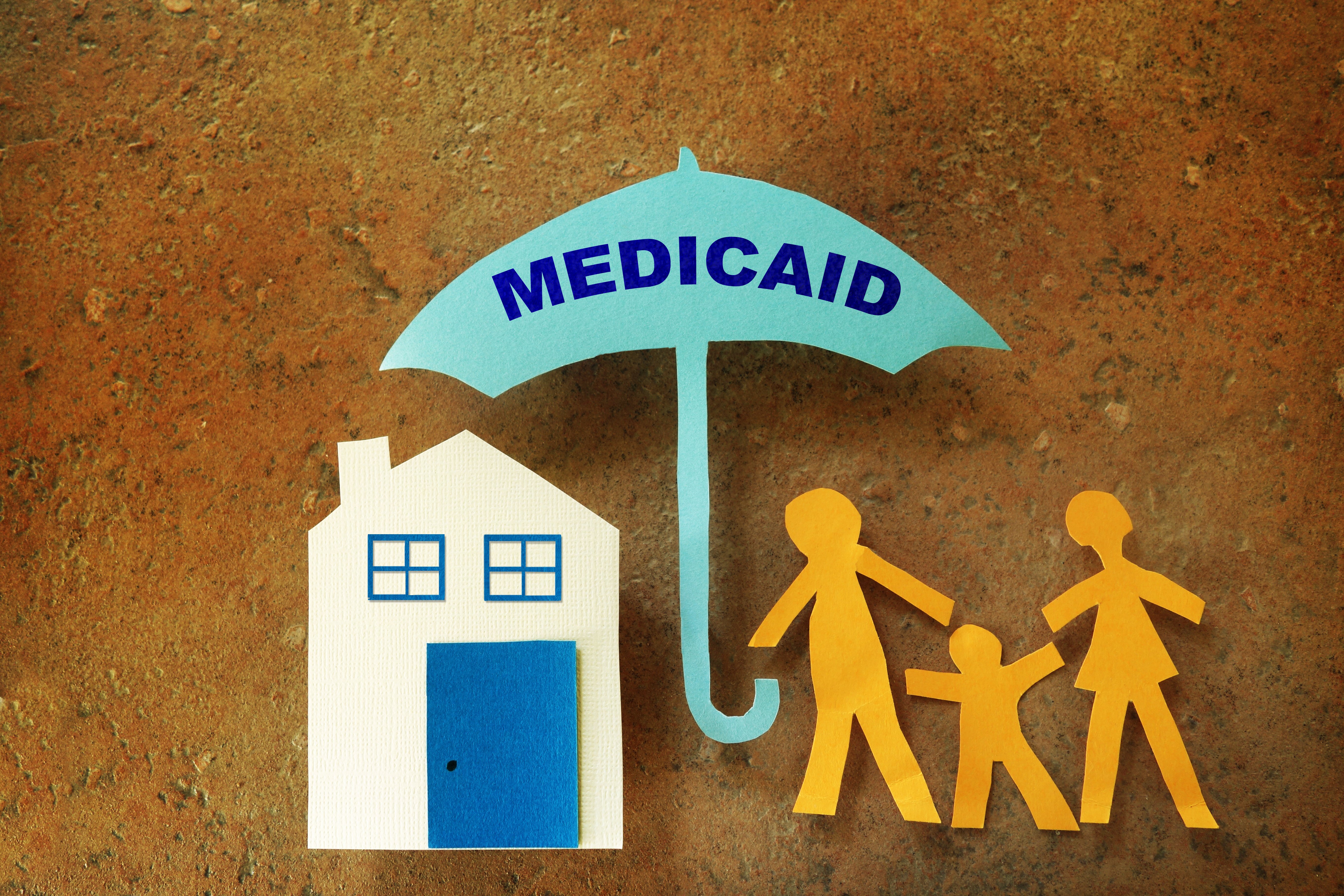
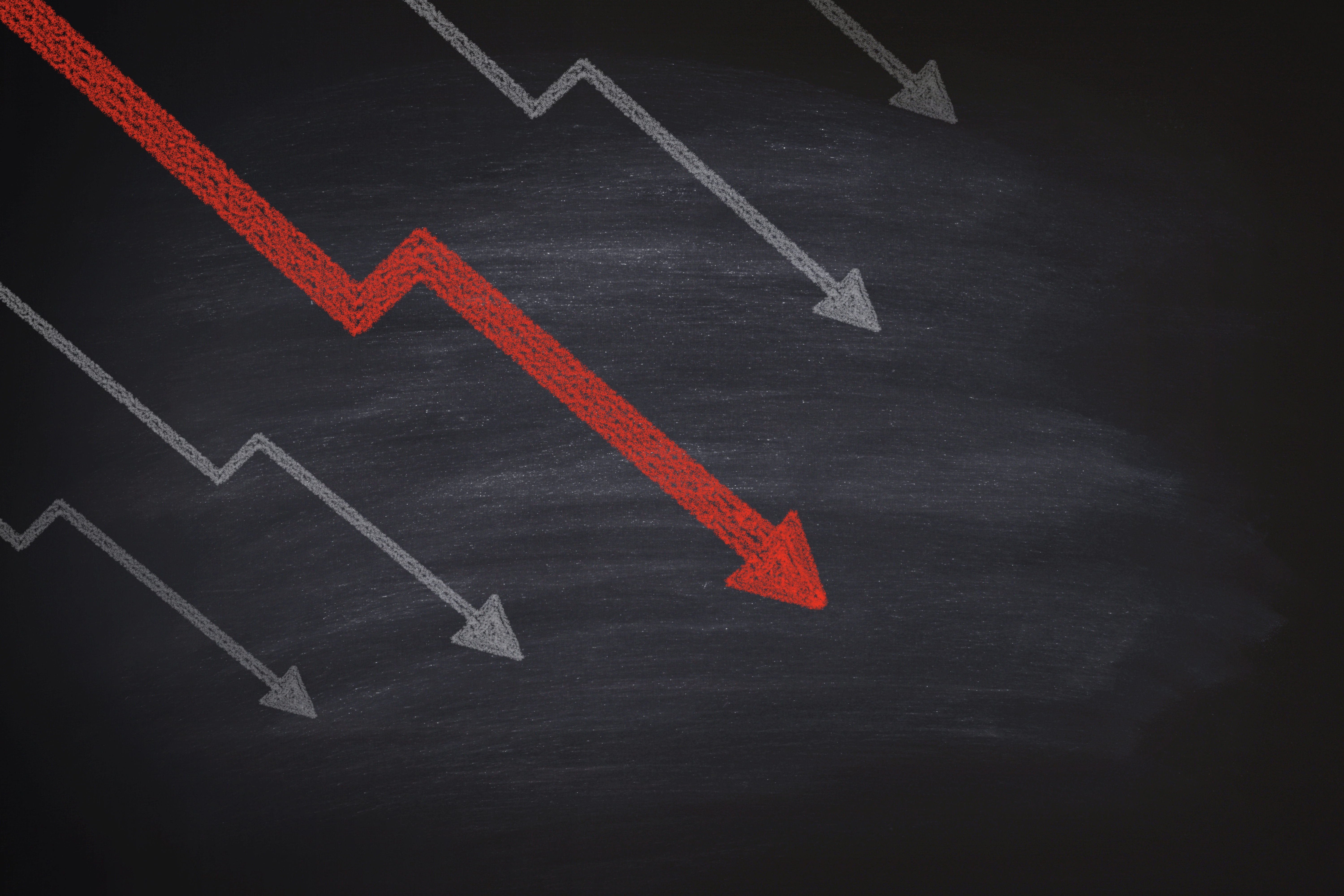
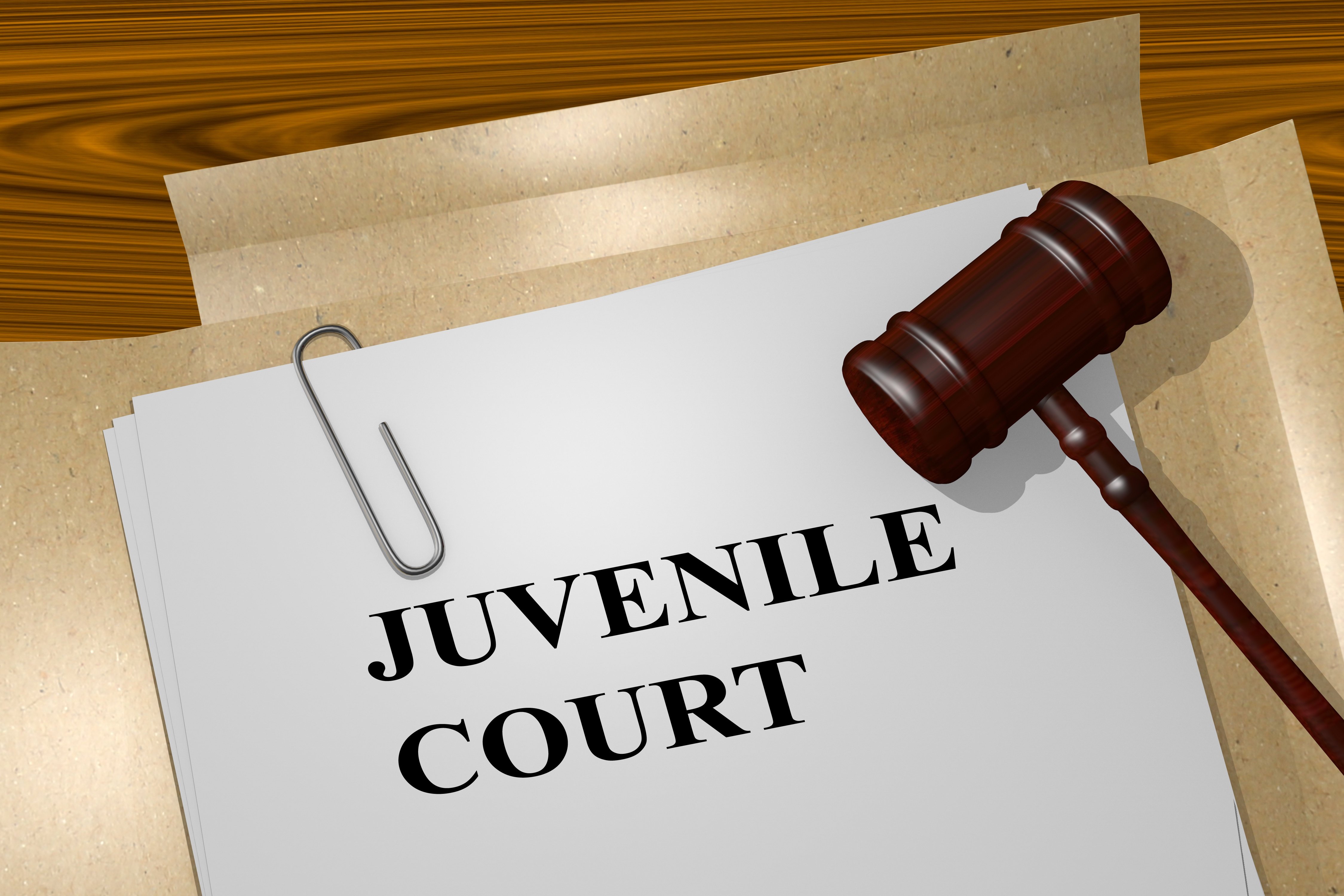
 In the early 1990s, rising national crime rates provoked a change in the general public’s opinion of the people committing the crimes. Juvenile offenders, in particular, were represented as “vicious superpredators,” fueling the perception of juveniles as increasingly unpredictable, and of the juvenile penal system as being inadequate.
In the early 1990s, rising national crime rates provoked a change in the general public’s opinion of the people committing the crimes. Juvenile offenders, in particular, were represented as “vicious superpredators,” fueling the perception of juveniles as increasingly unpredictable, and of the juvenile penal system as being inadequate. 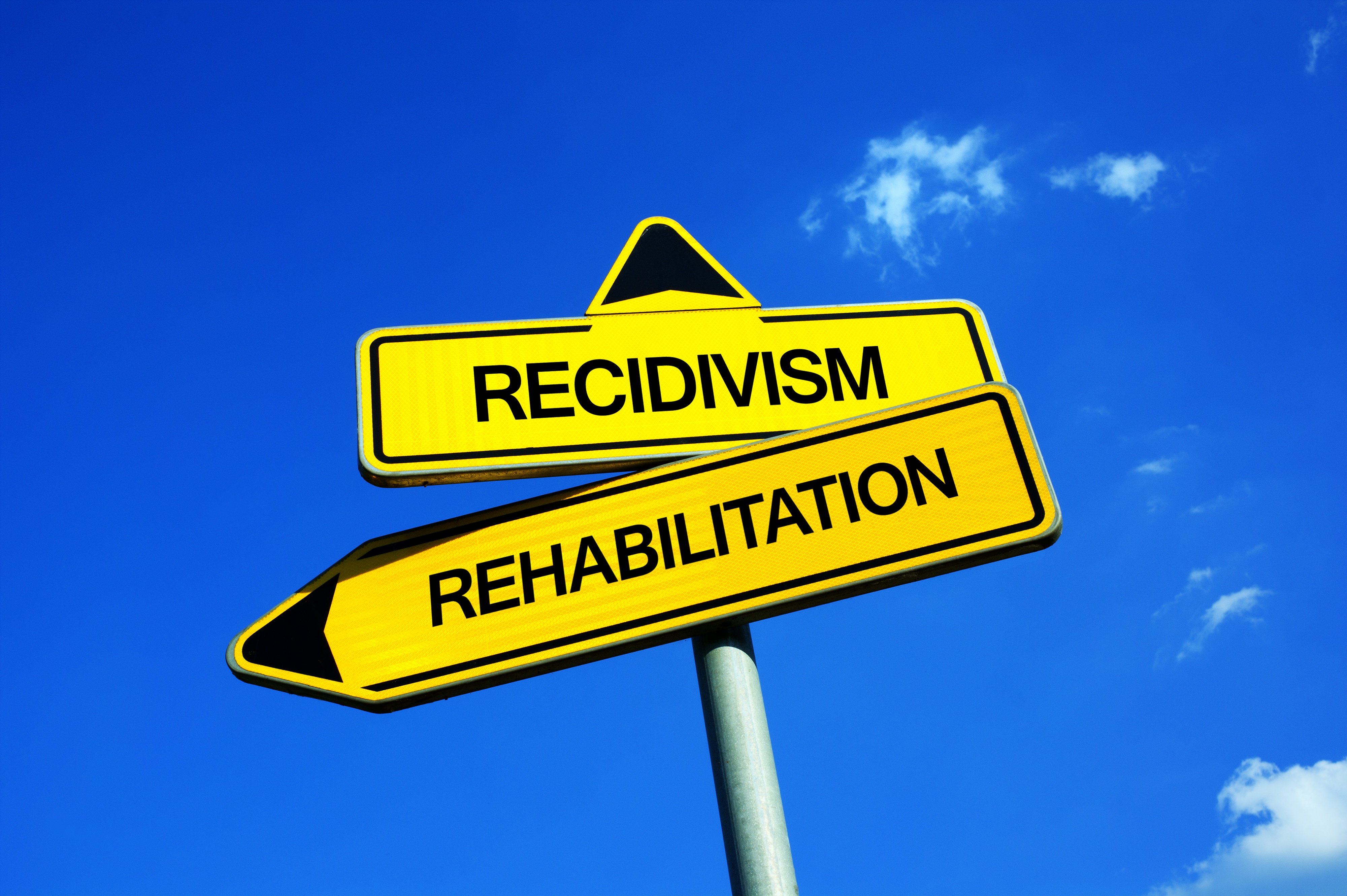
 Juvenile probation is a form of sentencing that allows young offenders to remain in their communities while under the supervision of the court. During the probationary period, a juvenile may be required to follow certain terms or conditions.
Juvenile probation is a form of sentencing that allows young offenders to remain in their communities while under the supervision of the court. During the probationary period, a juvenile may be required to follow certain terms or conditions.
